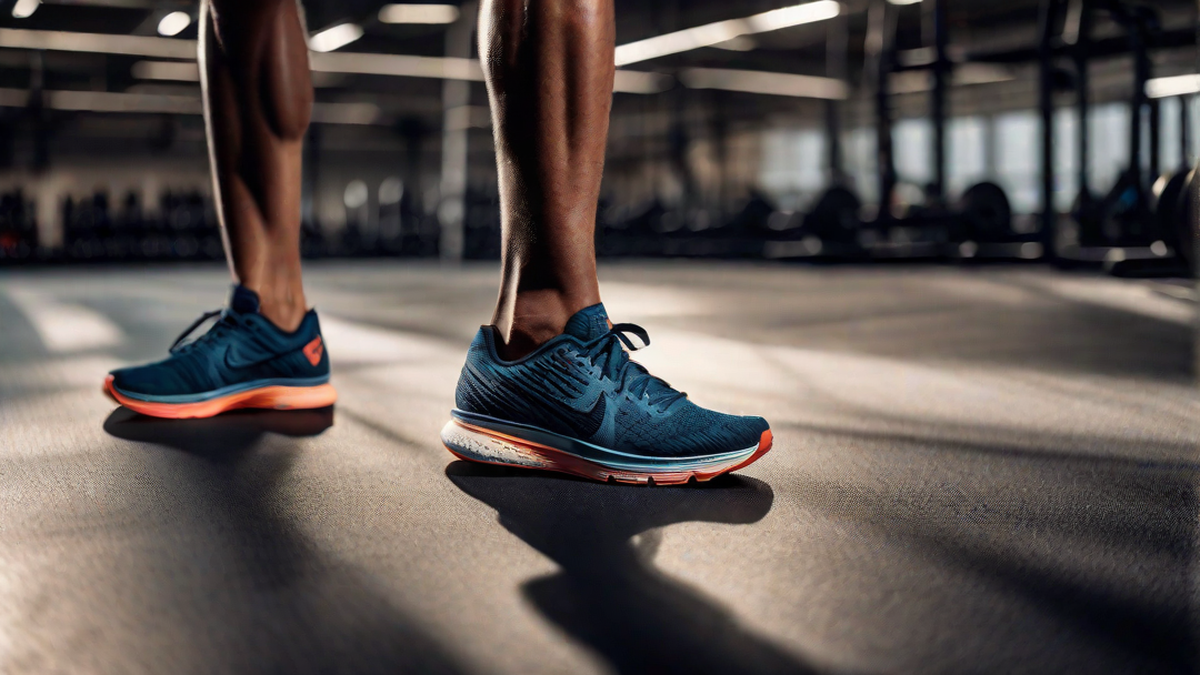Introduction:
As a fitness enthusiast and avid weightlifter, I have always been intrigued by the debate surrounding the use of running shoes for weightlifting. Some argue that running shoes provide the necessary support and cushioning for a variety of exercises, while others firmly believe that weightlifting requires a dedicated shoe designed specifically for the task. Today, I delve deep into this topic to provide you with a comprehensive analysis of whether running shoes are indeed suitable for weightlifting.
The Importance of Proper Footwear:
Before we dive into the specifics, it’s important to understand why footwear is crucial when it comes to weightlifting. Proper footwear not only enhances performance but also ensures safety by providing stability and support to the feet and ankles. It helps distribute weight evenly, allows for optimal balance, and minimizes the risk of injuries such as ankle sprains or foot strain.
The Features of Running Shoes:
Running shoes are specifically designed to provide cushioning and shock absorption, making them ideal for repetitive motions like running or jogging. They typically have a thick, cushioned sole that absorbs impact and protects the joints. Additionally, running shoes often have a flexible upper to allow for natural foot movement.
The Drawbacks of Running Shoes for Weightlifting:
While running shoes may excel in certain aspects, they fall short when it comes to weightlifting due to several reasons:
- Lack of Stability: Running shoes prioritize cushioning over stability. The soft, cushioned sole of a running shoe can make it difficult to maintain a stable base while performing weightlifting exercises. This instability can compromise your form and increase the risk of injury.
- Reduced Power Transfer: One of the key aspects of weightlifting is generating power and transferring it efficiently from the lower body to the ground. Running shoes, with their cushioned soles, absorb some of this power, resulting in a loss of force transmission. This can hinder your ability to lift heavier weights.
- Ineffective Grip: Weightlifting shoes are designed with a flat, non-compressible sole that provides optimal grip and traction on the floor. In contrast, the outsole of running shoes often has grooves or treads that are intended for running on various terrains. These features can negatively affect stability and grip during weightlifting movements.
Alternative Footwear for Weightlifting:
If running shoes are not ideal for weightlifting, what are the alternatives? Weightlifting shoes, specifically designed for the sport, can be a game-changer. Here are some key features of weightlifting shoes:
- Stability: Weightlifting shoes have a solid, non-compressible sole that provides excellent stability and a secure base. This ensures that the force generated during lifts is efficiently transferred to the ground, allowing for optimal performance.
- Elevated Heel: Most weightlifting shoes have a raised heel, which promotes better ankle mobility and allows for a more upright posture during exercises like squats and deadlifts. This can help improve technique and maximize the activation of targeted muscle groups.
- Secure Fit: Weightlifting shoes typically have straps or lacing systems that offer a snug and secure fit. This helps prevent any movement or shifting of the foot within the shoe, ensuring precise and controlled movement during lifts.
Conclusion:
After carefully considering the details, it is evident that running shoes are not the best choice for weightlifting. While they may provide comfort and cushioning for activities like running, their lack of stability, reduced power transfer, and ineffective grip make them unsuitable for the demands of weightlifting. Investing in a pair of weightlifting shoes designed specifically for the sport is highly recommended for anyone serious about their weightlifting journey. Remember, proper footwear plays a vital role in ensuring safety, enhancing performance, and maximizing the benefits of your workouts.

